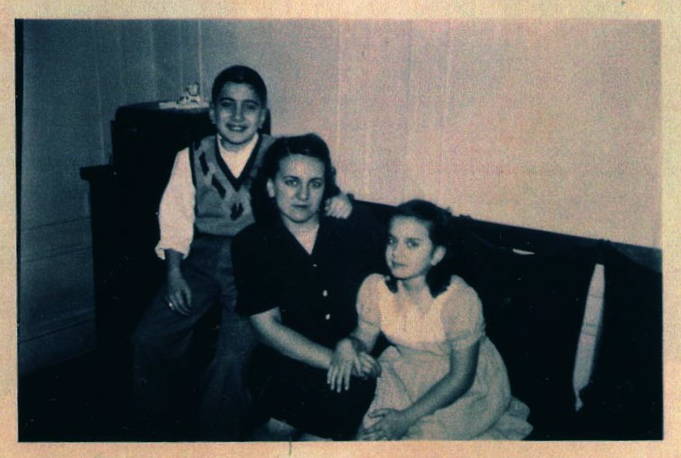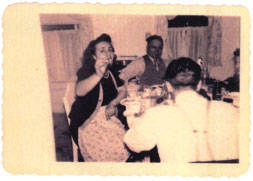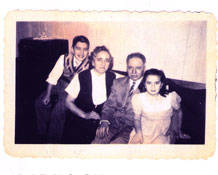Reaching into ‘The Italian Pantry’ with The 'Nonne' of Old Brooklyn
p { margin-bottom: 0.08in; }a:link { }
Fran Claro is an Italian American writer/editor who grew up in Brooklyn. We interviewed her about her blog, “The Italian Pantry,” which presents to its readers semi-fictional stories about the nonne of Fran’s childhood, the Italian women who were the backbone of the family and communities, whose legacy lives on in her elegantly crafted and entertaining prose and accompanying recipes.
Please tell me about your blog “The Italian Pantry.”
My blog is a reflection of my life as a child surrounded by strong, feisty women who made their presences known and got everyone in line, including their husbands. The nonne were a tight knit group, but very jealous about their cooking. They would share recipes, but leave ingredients out; only pregnant women were given an entire recipe. Each nonna considered herself the best cook in the neighborhood, and they constantly tried to outdo one another in the kitchen. They ran nice homes, immaculately clean, and were loving but very stern with the grandchildren. With their own children, the nonne had a kind of ambivalence in how they regarded their futures. They wanted their children to succeed, but didn’t consider education that important. Of course that attitude changed throughout time and from the oldest to the youngest child.
Where did the inspiration to create your website come from?
Well, my kids were interested in knowing about ‘the old days’(growing up in Italian-American Brooklyn in the early/mid 20th century). Our family legends and recipes came from my mother and nonna. I wanted to pass on this knowledge to my family.
Can you describe the nonne that you write about?
The nonne were lovable, rigid, feisty, and stubborn; they didn’t take ‘no’ for an answer, worked from home, were ambitious, and contributed to the family. Many of them were seamstresses. Their homes were always filled with music. To each other they spoke Italian, but they wanted the grandchildren to learn English. The nonne had painful feelings about not being included in American society, and this translated to us (the grandchildren) not growing up learning Italian.
How did being Italian-American affect the way you grew up into a woman, wife, nonna, writer, etc.?
I was the first Italian in my high school of Irish girls. I didn’t look like them and felt the cultural differences. I was also the first person in my family to go to college. I taught cooking at a community college, worked for Stonybrook University, Scholastic, was an editor of Scope, and went to Italy to do some catering. I was always writing and went back to editing. I would say that I show more affection than the nonne of my childhood did.
How do you feel as a nonna?
I love being a nonna because I can give my grandchildren everything they want. We have great relationships, and I am even on Facebook with them. We share interests, like cinema, and there is always a lot of talk around the table. We still sit around the table during report card time. My grandchildren see the Italian-American culture in food, our vast collections of music and recipes.
Why is it important to cherish and preserve the experience of the Italian-American nonne?
Those of us who were lucky enough to know the nonne know how they influenced us an made the home a place you want to be, somewhere that is safe, comforting, and open. The nonne loved to make people laugh and had a great sense of humor. The men worked hard, but inside the homes, they didn’t have much say. The nonne ran the homes.
Visit “The Italian Pantry” for stories and recipes that transport one back to the time when the nonne ruled the hearts and homes of their families.








































i-Italy
Facebook
Google+
This work may not be reproduced, in whole or in part, without prior written permission.
Questo lavoro non può essere riprodotto, in tutto o in parte, senza permesso scritto.